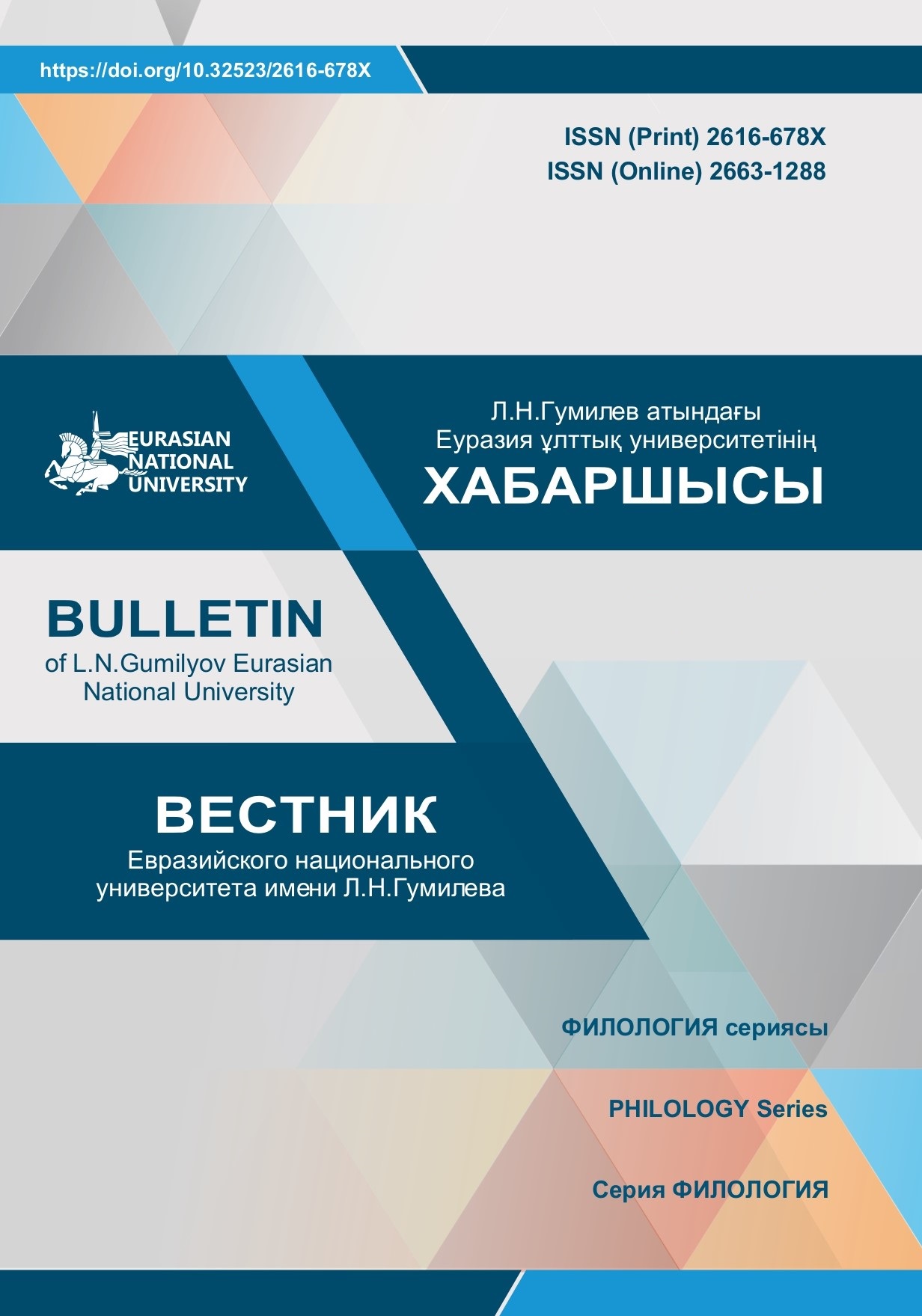Socio-Cultural Factors Involved in the Foreign Language Teaching Policy: Case Study of Bosnia and Herzegovina
Views: 142 / PDF downloads: 70
DOI:
https://doi.org/10.32523/2616-678X-2018-124-3-8-16Keywords:
cultural diversity, identity, foreign language, educationAbstract
Cultural diversity is a significant attribute of human population as a whole. It represents
an event that has been ongoing for ages, caused by multiple differences. It is mainly associated with the use
of various verbal and non-verbal codes within social communities and their interrelations with other social
communities. In addition, it is associated with various norms of behaviour, convictions, beliefs, views and
values. Identification of a person with a group, which he/she has a general system of symbols, meaning and
norms of behaviours, represents cultural identity, while “knowledge of cultural identity of others helps us
understand the possibilities and challenges which each individual faces in this culture” (Jandt, 2010).
Knowledge of the cultural diversity became part of our daily life, taking into account the fact that
contacts with others have been smoothed away by globalization processes all over the world and followed
by broader disposure of some societies to others. Intensification of migration processes is a consequence of
globalization processes which lead to a growing number of different multi-cultural contacts and development
of multi-cultural communities. On the other hand, we must bear in mind that diversity of cultures, i.e.
historically multiculturalism may be rooted in a social community, thus composing its permanent hallmark,
and not a product of migration processes







